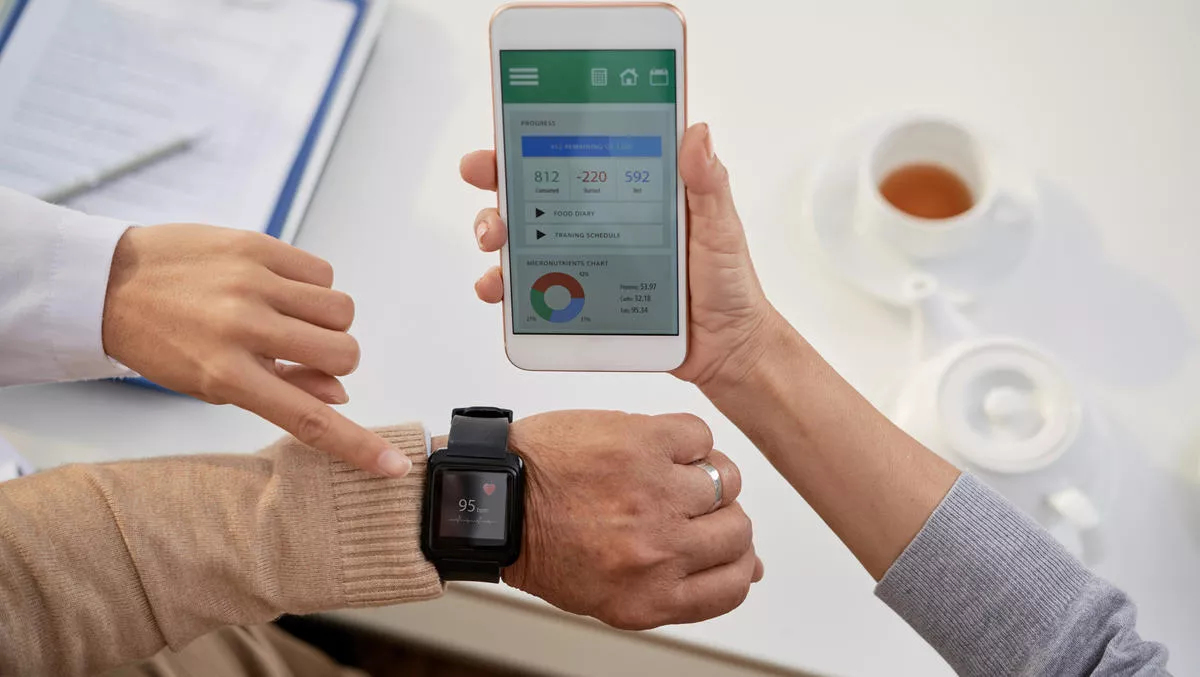
Research: The convergence of medtech and wearables
IDTechEx has updated and added to their entire wearable technology market research portfolio.
The research now includes a report on the impact of COVID-19 on the market, as well as general insights on where the technology is headed in the coming years.
The reports conclude that the advancement of medical capabilities in consumer grade technologies will become a major driver of the market over the long term, as regulations and innovations begin to align.
1. Market growthThe wearables market had a very strong 2020, growing 19% to reach a total of US$70 billion for the year.
The most significant increase in growth was the true wireless headphones sector which generated over $4 billion of new revenue relative to 2018.
The other strongest growth came from device categories such as smartwatches and continuous glucose monitoring (CGM) devices, which grew by just under $4 billion and $1.3 billion respectively relative to 2018 values.
This represents the largest one year growth rate since peak wearables hype in 2015 (a year which saw the commercial launches of leading devices such as the Apple Watch), which emphasises the growing strength in the sector and the continuing opportunity for new development and growth.
2. COVID-19The most critical impact of the COVID-19 pandemic has been at the point-of-sale for many products, with lockdowns and social distancing measures meaning that stores are closed.
However, the impact has been very varied; where some products have seen as much as an 80% reduction in sales for Q2 2020 vs Q2 2019, other areas such as remote patient monitoring devices have been accelerated onto the market to assist in pandemic countermeasures.
3. US regulatory changesThe reports highlight regulatory changes as another factor which will have a significant impact going forward.
Regulatory changes in the USA generally have a global effect as products are developed to meet the new requirements and then rolled out internationally.
In hearables, the Over the Counter Hearing Aid act requires guidelines for that product category to be established by August 2020, paving the way for a new generation of hearing assistance products.
In electronic skin patches, new regulatory and reimbursement frameworks for wearable cardiovascular monitoring focusing on mobile cardiac telemetry and extended Holter monitoring are expected to be confirmed in 2020 and implemented in early 2021.
Both of these steps introduce new product opportunities.
4. From consumer to medicalThe reports highlight the increasing prevalence of medical sensing metrics being deployed into traditionally consumer wearable products, such as those produced by Apple and Samsung.
Smartwatches have been demonstrated with ECG for atrial fibrillation, PPG for oxygen saturation and blood pressure monitoring.
In hearables, optical blood pressure is now commonly discussed, joining other more familiar features such as fall detection, core body temperature monitoring and other relevant medical metrics.
In many cases, products are having versions of these features added as part of a standard consumer offerings.
With parallel development of the data infrastructure and supporting systems required for medical devices, it is clear that the longer-term strategy will move in this direction.
The wearable devices at the core of this are an essential part of the long-term strategy and the technology within them is being developed at a remarkable rate.
5. From single parameter to multi-parameter sensingThe role of a medical device for sensing is typically to represent one physiological parameter as accurately and reliably as possible.
However, as digital health and artificial intelligence are increasingly introduced, the capabilities of medical devices are being expanded such that they can diagnose and monitor specific conditions with increasing independence from the doctor.
This trend goes hand in hand with increasing adoption of multi-parametric sensing on medical devices.
Multi-parameter sensing often presents a significant challenge, particularly in navigating regulatory barriers, with companies forced to weigh up the advantages of the new capabilities offered with the significant investment to go through de novo regulatory approval processes.
However, as more pioneers begin to introduce advanced features, these multi-parametric systems will increasingly become the norm.
This will have a significant impact on the status quo for many of the product sectors as they exist today, but the change is expected to be a gradual evolution over years and decades.
Many of the fitness and wellness devices are already using combinations of many different biometric readings to build a more complete picture of the wearer's health, it will just take significantly more time and money for these advances to have their efficacy and safety proven within the context of medical devices too.


